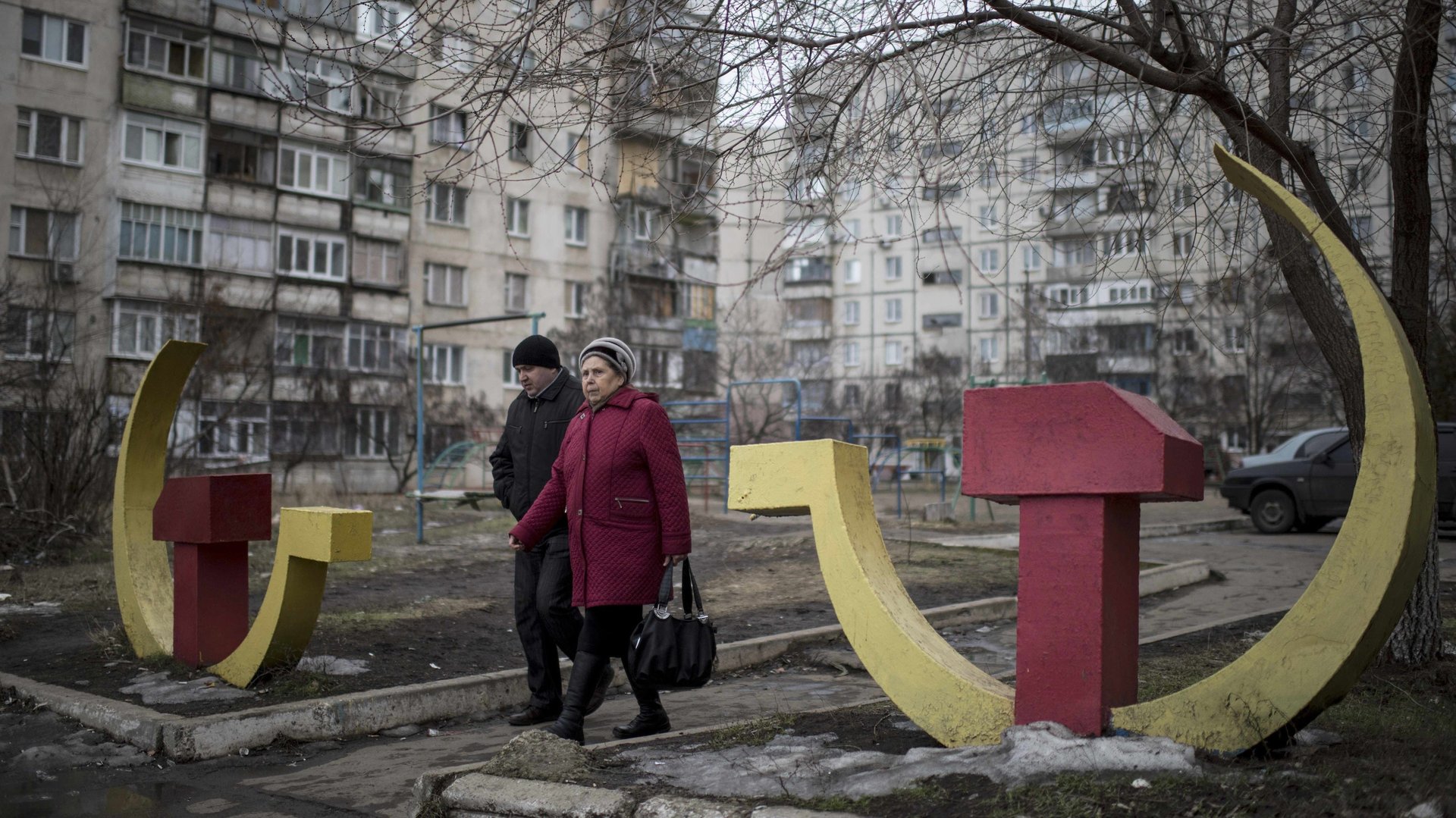The EU has a responsibility to fight human trafficking in Ukraine
Ukraine has one of the highest levels of human trafficking in Europe. Over 120,000 Ukrainian men, women, and children have been exploited for labor and sex since the country became independent in 1991. The Eastern Partnership (EaP) Summit in Riga, Latvia provides a valuable forum to discuss collaboration on human trafficking between the European Union (EU) and Ukraine.


Ukraine has one of the highest levels of human trafficking in Europe. Over 120,000 Ukrainian men, women, and children have been exploited for labor and sex since the country became independent in 1991. The Eastern Partnership (EaP) Summit in Riga, Latvia provides a valuable forum to discuss collaboration on human trafficking between the European Union (EU) and Ukraine.
For Ukraine, successful reform and a display of leadership could instill trust among its disillusioned citizens. For the EU, fulfilling its commitments under the 2012-2016 Strategy Toward the Eradication of Trafficking in Human Beings could protect it from criticism. Many of the EU’s 90 migration-related projects in non-EU countries since 2012 have included anti-trafficking provisions. However, none address trafficking in Ukraine specifically. At its most basic level, human trafficking—the second most lucrative illicit industry worldwide—is a moral issue that contributes to the collective “deprivation of liberty and denial of freedom of movement” for vulnerable men, women, and children alike. Ukraine-EU collaboration on human trafficking would not only be mutually beneficial, but it is also feasible, and the EaP Summit provides this opportunity.
Ukraine’s anti-trafficking record is dismal. The US State Department’s 2014 Trafficking in Persons Report indicates that, in terms of the number of trafficked victims and the government’s efforts to comply with the standards outlined in the Trafficking Victims Protection Act, the country fares worse than others ravaged by war and human exploitation, like Syria and Afghanistan. Although registered trafficking crimesdecreased from 415 in 2005 to 109 in 2014—under former presidents Viktor Yushchenko (2005–2010) and Viktor Yanukovych (2010–2014)—NGOs operating in Ukraine report “a very large number of trafficking victims.” Notably, within the past five years there has been a “significant increase” in trafficking for labor exploitation. The Interdepartmental Council, established to coordinate a national anti-trafficking program, has not convened since 2010.
With the support of the people and a generous financial aid package—a luxury his predecessors lacked—president Petro Poroshenko can display leadership at a time when his grip on power is tenuous. This is an issue upon which the Ukrainian population—notoriously divided on most political issues, such as the country’s official language or the signing of an association agreement with the EU—stands united. A 2014 national poll found that 73 percent of Ukrainians “felt that trafficking was a problem” in the country.
Perhaps more importantly, Poroshenko has foreign financial support. An undetermined portion of the $17.1 billion of the IMF funds allotted to Ukraine next year will address “governance,” which includes promoting the rule of law and government transparency while rooting out corruption. Currently, the criminal justice system is so corrupt that it needs to be “rebuilt nearly from scratch,” making it tremendously difficult for prosecutors to swiftly bring legal proceedings against traffickers. However, some of the IMF funding could be allocated specifically toward streamlining the judicial process for prosecuting traffickers. Alternatively, Ukraine could organize an EU-backed conference on human trafficking crimes and prosecution, modeled after the 2014 Ukraine-Organization for Security and Co-operation in Europe conference that brought together over one hundred prosecutors, judges, and policemen and women.
While giving substantial anti-trafficking attention (and funding) to other non-EU countries, the EU has neglected Ukraine. One of the five key priorities outlined in the EU’s anti-trafficking strategy includes “enhanced coordination and cooperation” with strategic countries beyond the EU’s borders. Anti-trafficking projects, financed under the EU’s Global Approach to Migration and Mobility (GAMM), were set up as early as 2012 in countries like Morocco, Nigeria, Ghana, and the United States. However, not one has been established in Ukraine. Instead, the EU offered Ukraine €66 million in 2010 toward strengthening border management policy and €28 million in 2013 to align its migration and asylum systems to European standards. These funds have allowed Ukraine to upgrade its border infrastructure, which is only one component in stemming human trafficking. As the 2016 deadline approaches, setting up an anti-trafficking program in one of the most afflicted countries in the region, Ukraine, would allow the EU could uphold its commitments and deflect criticism.
A framework for combatting trafficking is already available to be employed. The 2014 Council of Europe’s Group of Experts on Action Against Trafficking in Human Beings report outlines twenty-eight proposals for reform in Ukraine. This would serve as a platform on which the EaP could discuss human trafficking cooperation at the Riga Summit. Alternatively, the EU could establish a Mobility Partnership (MP) with Ukraine—a bilateral framework that promotes policy dialogue on migratory issues between the EU and interested third countries. The MPs established in Morocco and Tunisia outline a commitment to coordinated human trafficking prevention, providing an easy model for an MP with Ukraine.
Outside of impending deadlines and increasing human labor trafficking, what makes the fourth EaP Summit an appropriate forum in which to strengthen collaboration on human trafficking? The meeting has been coined a “survival summit,” where implementing “deliverable” agreements is important. With funding, public support, and model frameworks in place, discussing and delivering an agreement on multilateral human trafficking cooperation would be feasible. Additionally, this is an opportunity for president Poroshenko’s government to strengthen the public perception of its leadership and for the EU to live up to its commitments.